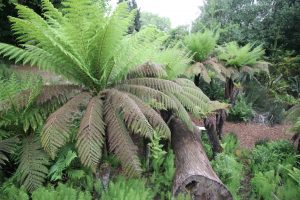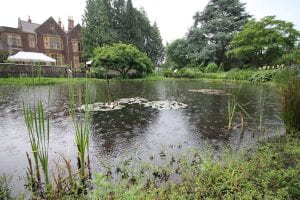By Andy Winfield

I may be biased, but plants are amazing! They tell us all we need to know, they feed us and can make us feel better in the mind and body, they can clothe us, make us warm and cool us down; they were here a long time before us and they’ll no doubt be here a long time after us. Plants are everywhere with thousands of stories to tell, the planet’s true survivors adapting to everything thrown at them; we could live to be three hundred years old and still discover new and bewildering ways that plants have found to exist. They are the dominant life form on earth making up 83% of all biomass; without them we are nothing, they literally give us the air that we breathe. (more…)



